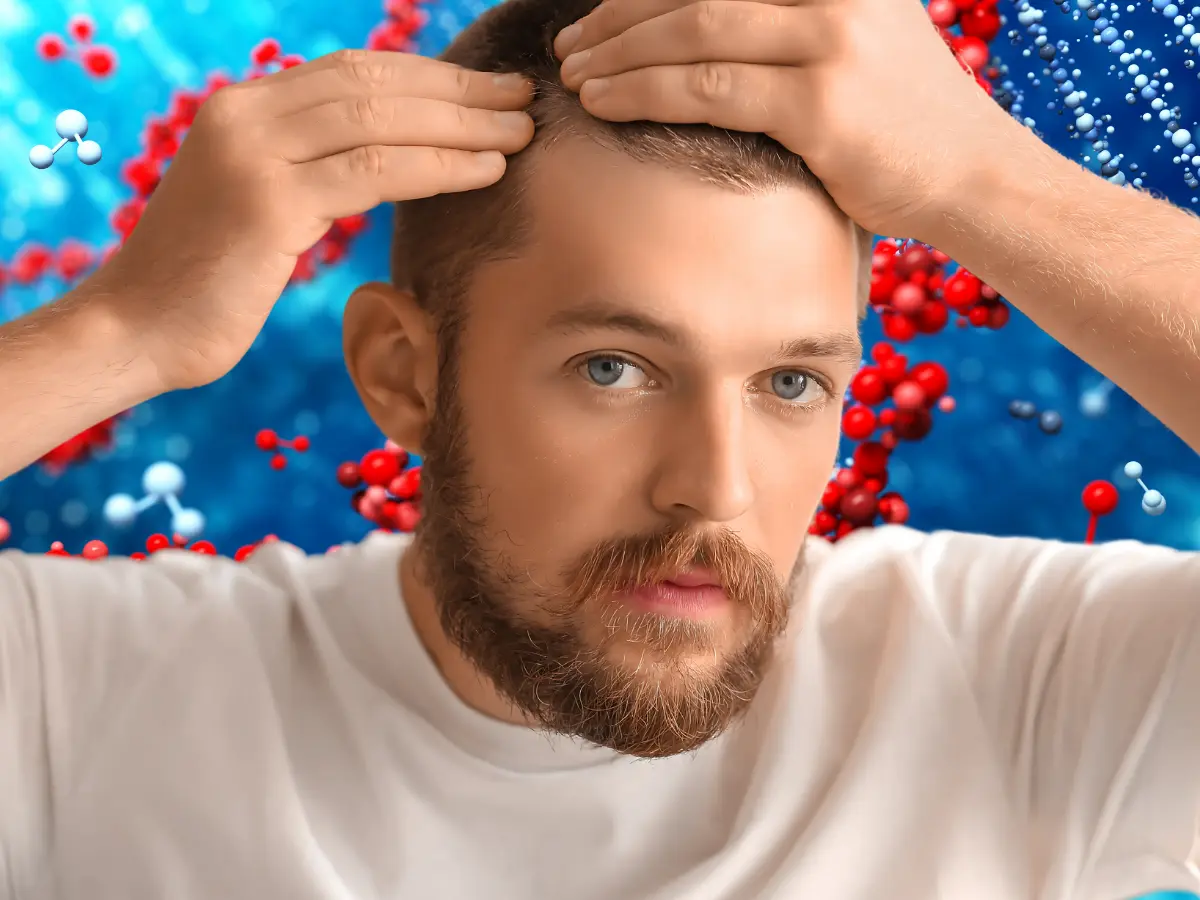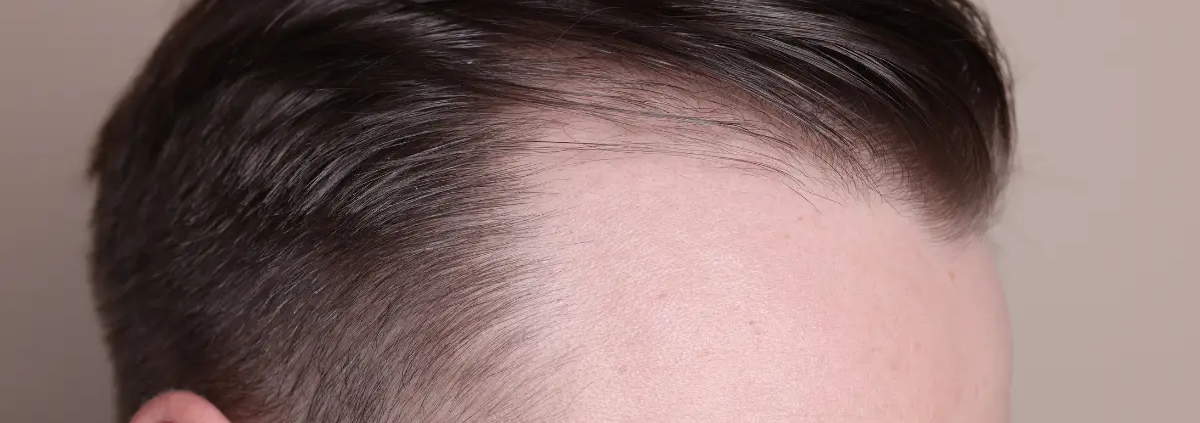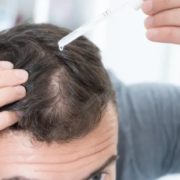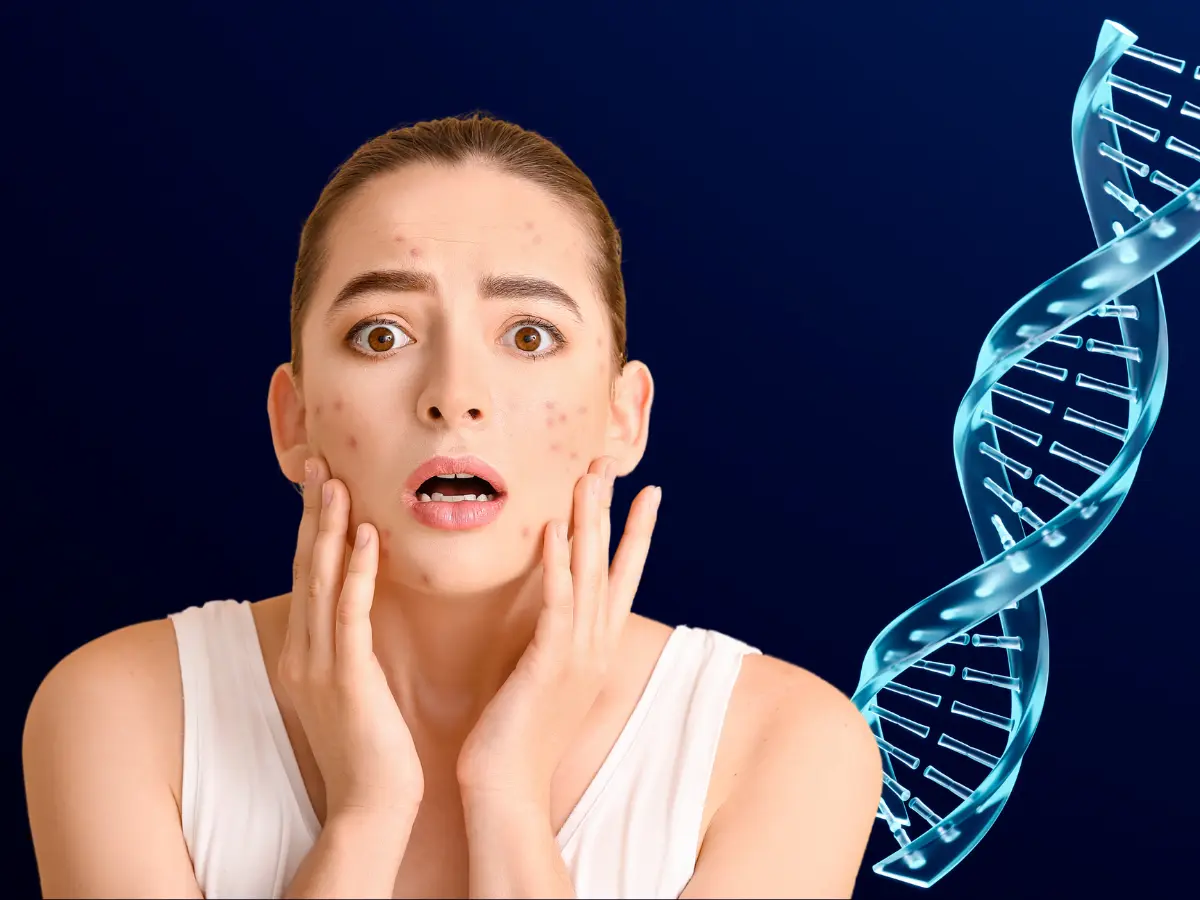Science Behind Male Pattern Baldness: Role of Genetics
Male pattern baldness is a common form of hair loss, scientifically known as androgenetic alopecia. While it is most common in men, it is also found in some females. In females, it is known as female pattern hair loss. Male pattern baldness is a common problem that many men try to solve. However, before resolving this problem, it is essential to understand its causes. This form of alopecia occurs due to specific genetic factors that are prevalent in men.
What are the signs of male pattern baldness?
Androgenetic alopecia in men has a well-defined pattern. The male pattern baldness starts first from the temples and then proceeds to a receding hairline. The hair loss happens slowly and creates a characteristic M outline on the head. The hair-thinning pattern for androgenetic alopecia also goes towards the top of the head.
Causes of male pattern baldness—the science behind it
Male pattern baldness is a very complex condition caused by a combination of genetic and environmental factors. Androgenetic alopecia occurs primarily because of abnormal levels of androgens and male sex hormones. Moreover, the most crucial hormone for this condition is DHT, or dihydrotestosterone. When DHT levels rise, it can trigger male baldness.
Usually, a healthy level of androgens allows the hair to grow for an extended period and leads to thicker hair growth. However, when the androgen secretion level is too high, and the hair follicles are overstimulated, it leads to a shorter hair growth period. This leads to the growth of thinner, more brittle hair. The shedding time of hair reduces, and the time for new hair growth gets delayed. Therefore, all these factors together create a scenario like male baldness.

Genetic factors of male pattern baldness
Genetic factors control the hormonal changes and triggers. Behind every health problem, including male pattern baldness, there are some genetic mutations and anomalies. Many studies have pointed out that the AR gene variation plays a significant role in creating a male pattern of baldness in a person. The AR gene is responsible for generating a vital protein called the Androgen receptor. The androgen receptor is how the body responds to the release of androgens and DHT. Primarily, a healthy AR protein interacts with the androgen molecule and controls its reactions.
However, when the AR gene is mutated, the protein that it codes for becomes extra sensitive to androgens. The androgen receptor proteins get stimulated very quickly, which leads to a higher activity of the receptors in hair. The increased activity leads to hair thinning and breakage, which then leads to baldness in the male pattern.
The AR gene is supposed to double the risk of male baldness development. About 25% of men see the first signs of hair loss around the age of 21, while about 60% of men lose hair by the age of 50. It is usually found that people who have fathers with male pattern baldness are more susceptible to this condition.

How to fight male pattern baldness?
Usually, the loss of hair due to genetic reasons cannot be corrected and reversed. However, with precautions and treatment, you can reduce the pace of hair loss.
1. A healthy lifestyle
Eating a balanced diet that has hair-strengthening and nourishing nutrients is essential. You need to get adequate sleep and reduce the stress you face every day to give your hair the care it needs. Significant and positive lifestyle changes will increase the pace of hair regrowth, battling male baldness.
2. Topical medicines
Today, there are hair serums and formulas with follicle-stimulating compounds like Minoxidil and Anagin, which increase hair growth and thickness. These serums and topical treatments are safe to apply to the scalp and hair roots.
3. Plasma injections
Platelet-rich plasma injections are also an effective treatment for male baldness. Platelet-rich plasma naturally has a high concentration of human growth factors. The growth factors are suitable for your body and hair. The growth factors promote healing in your body and stimulate increased hair growth, helping to address male pattern baldness. However, you have to take these injections periodically to continue male hair baldness treatment.
Conclusion
Male baldness can affect a person’s appearance and confidence. Moreover, the physical condition also associates itself with other major health problems like heart disease. Therefore, it is crucial to diagnose male baldness and start its treatment.
The condition of male pattern baldness usually starts during your late 20s and 30s. However, in some people, it can also show up in the late teens. Therefore, it is beneficial to take the HairLife Hair DNA Test; it is a personalized hair loss solution that can help you take preventive steps to reduce the risk of developing the condition. It allows for proactive measures to manage hair health effectively. Take control of your hair health today by opting for the HairLife Hair DNA Test and take the first step towards proactive prevention.












